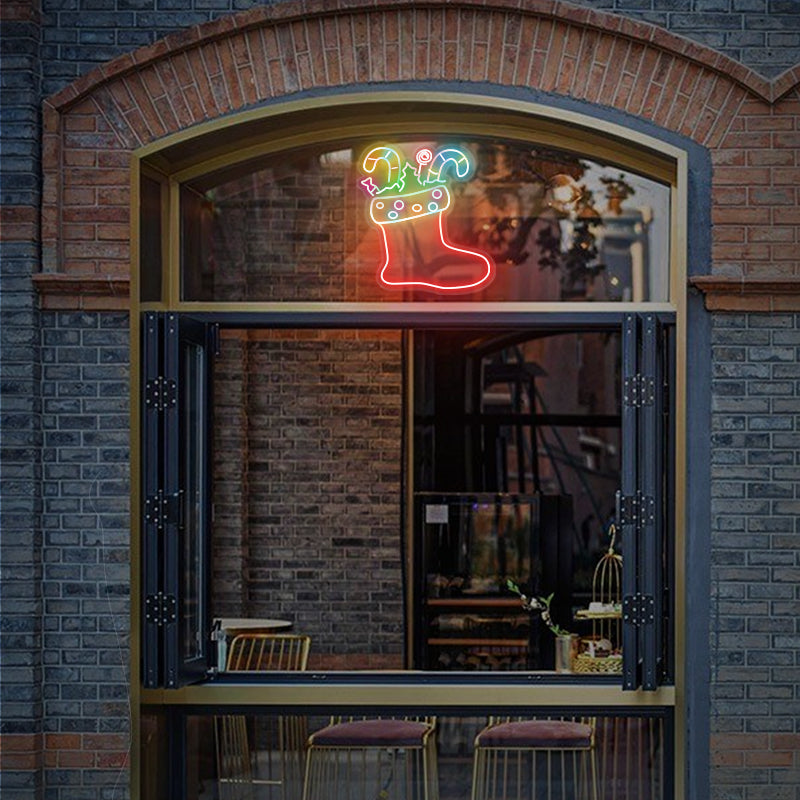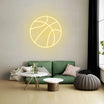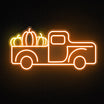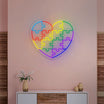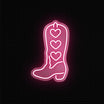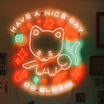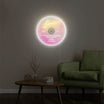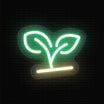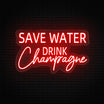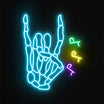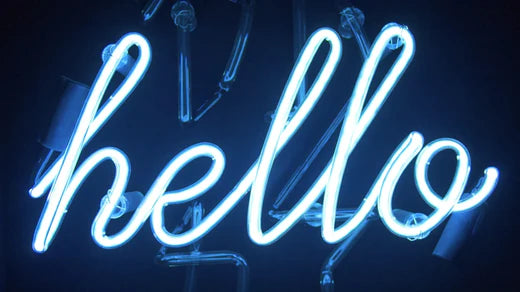Table of Contents
Nashville’s iconic Broadway honky-tonk bars have been known for their striking neon signs. The glowing signs light up the heart of Music City with a touch of nostalgia and modern art in a way that is quite unforgettable.
Some feature guitars, while others are decorated with relatable icons like cowboy boots, jukeboxes and more. They beckon every visitor to fun-filled Broadway bars lining up many streets.
This is a guide to Nashville Broadway honky-tonk bars for those interested in their design language, how they are decorated, and more. It’s a detailed walk through one of Nashville’s most famous traditions and something that many locals identify with.
You will get to know the rich history and cultural significance of honky-tonks and the key design elements that make them unique. You will also learn how to incorporate rustic aesthetics, neon signs, live music stages, and more in your spaces.
The guide also covers color schemes, materials, decorative accents, and tips for creating an authentic atmosphere, complete with live music and Southern comfort food. Let’s get started!
History and Origins of Honky-Tonk Bars
Honky-Tonk bars have roots as far back as the 19th century and go into the 20th century in the south of the USA. They mainly started as lively spots where locals gathered to dance to local music and have drinks. In the small towns and rural areas in the south, honky-tonk bars appeared near cattle towns and oil fields, where they were mainly patronized by local workers out for entertainment after work.
Nashville’s Honky-Tonk Bars
Nashville became the hub of country music in the middle of the 20th century, with Broadway emerging as the city’s honky-tonk capital (Wikipedia). Performers kept flocking to Broadway in that period to showcase their talents in these small clubs and honky-tonk bars. The most popular venues on Broadway were loved because they offered an up-close experience with performers, and there was plenty to drink at an affordable rate.
Over time, the strip, otherwise known as Broadway, in Nashville became such a luteal landmark that each bar tolls on its identity. More notably, neon signs took centerstage as they were used to attract visitors and create a unique identity for each honky-tonk bar. Neon signs were also used to create the vibrant and inviting party aesthetic that Broadway is known for. (Tennessean)
Honky-Tonk Bars of Today
Nashville’s honky-tonk bars today are a blend of modernity and tradition. Most of them still retain their musical roots with regular country music and rock and bluegrass performances, but they have evolved and become tourist hotspots. They are frequented not just by local workers but also by visitors from all over the United States and the world.
The neon signs you see on Nashville’s Broadway today are a symbol of the iconic honky-tonk bars. They celebrate the heritage of the strip and light the way for a new generation of music lovers. You will find historic venues like Tootsie’s Orchid as well as new bars that still use neon lights and signs today. This tradition has kept Nashville’s world-famous music scene alive.
Key Elements of Honky-Tonk Design
The following are the main features or key elements present in honky-tonk bar design, whether traditional or modern:
Rustic and Vintage Aesthetics
Most honky-tonk bars have a rustic and vintage charm. Their interiors consist of weathered wood, aged metal accents and exposed brick walls, which create a cozy but lively ambience. The décor items in honky-tonk bars consist of old photographs, cowboy memorabilia and vintage instruments. The furniture is mainly designed to have a well-worn look, even though it might be new, to give it that authentic feel and look.
Neon Signs and Lighting
Honky-tonk bars feature a lot of neon signs and lights. They use neon signs to light up the front streets and to attract patrons and visitors like moths to a flame. The signs feature relatable honky-tonk culture iconography like cowboy boots, beer bottles and guitars.
In the interiors, the neon lighting and neon décor add a warm glow that complements the dimly lit environment. Honky-tonk bars combine outdoor and indoor neon to create a festive vibe and to make their establishments unique from the next.

Live Music Stage
A bar or club on Broadway cannot qualify as a true honky-tonk establishment without a live music stage. It could be a small corner with a single microphone or a big performance area, but there must be a dedicated area for music performances. Honky-tonks play host to bands and solo artists who perform in all kinds of genres, including rock, country music or bluegrass.
The music stage in most honky-tonk bars is placed near the audience to create an intimate connection with the performances. It allows patrons to sing along to the music and dance. Honky-tonk music stages are designed to prioritize good acoustics and clear sightlines because they are all about creating an enjoyable music experience.
Classic bar designs with plenty of seating options
Honky-tonk bars combine comfort and luxury by offering long counters and plenty of seating options for patrons. They are mostly made of sturdy wood, which is decorated with brass accents or hand-carved details. The seating arrangements include bar stools, high-top tables and booths, so there is always space for everyone.
Modern honky-tonk bars have outdoor patios and rooftop decks with additional features offering modern amenities. These areas not only offer additional seating but also allow patrons to enjoy the lively surroundings of Broadway.
Additional Design Touches
Other elements you are likely to see in honky-tonk bars include jukeboxes, pool tables and dance floors. The walls will likely be filled with memorabilia in different formats, with neon signs stealing the show in most cases. Many of the bars also incorporate themes like tributes to famous country stars and eras of music history.
Color Schemes and Materials
Both modern and traditional honky-tonk bars tend to feature warm and earthy color schemes to create a warm and nostalgic ambiance for patrons. Expect to see shades of brown, tan and red complemented with pops of vibrant colors from neon signs. The natural colors and tones create a sense of tradition linking the honky-tonk bars to their roots.
Honky-tonk bars on Broadways are also raw and rugged in design for authenticity. The builders use weathered wood a lot on the floors, walls and counters. They also feature exposed brick and distressed metal, which adds to the vintage feel and down-to-earth charm of honky-tonks.
Another design in honky-tonks is the use of dynamic contrast on earthy tones using rugged materials. They often feature bright blues, yellows and reds on the neon signs to give the bar an energetic vibe. The overall aesthetic of honky-tonks strikes a balance of a lovely and cozy atmosphere for drinks and music.
Decorative Accents
Honky-tonk bars on Broadway display a lot of memorabilia paying tribute to their location’s music history. The walls are mainly decorated with vintage music-related items like guitars and framed records. The decorations also celebrate legendary country music artists who are part of honky-tonk heritage.
Another notable decorative theme you will find in honky-tonks is Western-inspired accents. These include cowboy hats, boots and rope lassos. You may also find wagon wheels and saddle stools in more traditional honky-tonk bars in Nashville Broadway. All these items give the space a nostalgic vibe.
Lastly, most honky-tonks feature quirky and unique touches to set them apart from other bars on the strip. These include murals of famous musicians, customized neon signs and graffiti from famous visitors or guests. There is always something new to see in Nashville Broadway’s iconic honky-tonk bars.
Case Studies: Iconic Nashville Honky-Tonks
Tootsie’s Orchid Lounge
Tootsie’s Orchid Lounge is one of Nashville’s most iconic honky-tonks. It is famous for its rich history and atmosphere. Established in 1960, this purple-painted venue on Broadway has been a launching pad for countless country music legends, including Willie Nelson and Patsy Cline.
Inside, the walls are covered with photographs of famous performers who have graced the stage for added nostalgia. They have a cozy layout, live music on multiple floors, and a rooftop bar overlooking Broadway, making Tootsie’s
Robert’s Western World
Known as “Nashville’s home of traditional country music,” Robert’s Western World is a classic honky-tonk. The venue retains its vintage charm with wooden interiors, neon lights, and a stage hosting live country and rockabilly music. The menu features the famous “Recession Special” of a fried bologna sandwich and chips.
The Stage on Broadway
The Stage on Broadway offers a more modern honky-tonk experience while honoring Nashville’s musical heritage. Its rustic decor features hardwood floors, exposed beams, and a giant mural of country icons like Johnny Cash. The spacious venue includes multiple levels, each with its bar and live music stage, catering to a lively and diverse crowd.
Honky-Tonk Central
Honky-Tonk Central stands out for its size and energy, with three levels of live music and vibrant decor. It is located at the corner of Broadway and 4th Avenue and offers a panoramic view of the bustling street below. The venue’s large windows, colorful neon signs, and upbeat atmosphere make it a hotspot for tourists and locals alike.
Conclusion
Honky-tonk bar culture has really contributed to the growth and visibility of Nashville. From the iconic neon lighting to the unique décor that pays tribute to authentic music roots, these bars are the heart and soul of the city. Neon signs are the centerpiece in any honky-tonk establishment, so you need them in plenty of decorating your establishment. Get custom neon signs with Lamomoneon today and decorate your honky-tonk in an authentic way.



